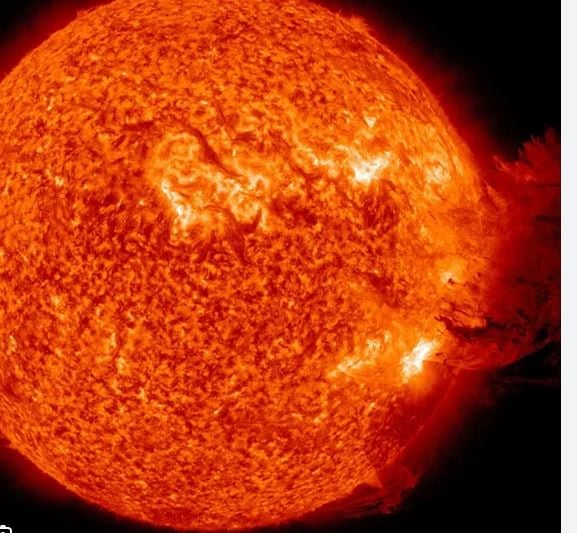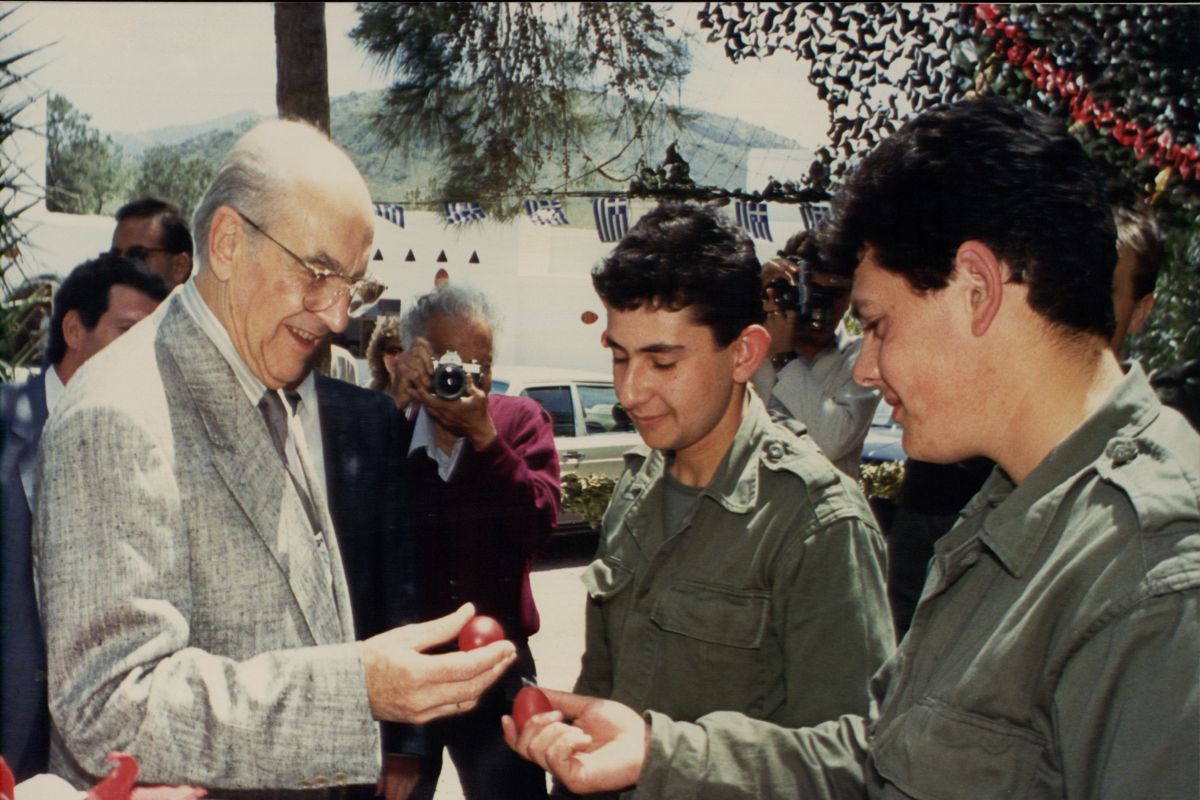
There is another important distinction for the Greek scientist that adds to much that has been achieved in the recent period in many fields of science and research.
Thousands of kilometers away, a man-made spacecraft is now orbiting the sun at a speed of 600,000 kilometers per hour, while scientists conduct experiments thanks to a heat shield designed to withstand a temperature of one million degrees Celsius. .. Room temperature. In recent years, an exciting period of solar system star exploration has begun, an effort with Greek participation recently awarded by NASA.
“This is incredible technology. The Parker Solar Probe and Solar Orbiter are two new spacecraft thanks to humanity ‘touching’ the Sun closer than ever before. Launched on August 4, 2018, NASA’s Parker Solar Probe is constantly orbiting the Sun. Each time it In it, with another episode, the ring approaches, so Parker will reach, without colliding with the Sun, a distance equal to 9 radii from our star, which is its closest perihelion. The doctor explained that these are frighteningly close distances and we can say that humanity is “touching” the Sun. Olga Malandraki, Greek researcher in space physics, a space weather expert, and head of the Space Weather Operational Unit of the National Observatory in Athens (EAA), which provides unique space weather forecasts at the international level.
“ESA’s other spacecraft, Solar Orbiter, launched on February 10, 2020, is also the second important new effort. We cooperate with these missions, which is testament to the high level of research being conducted at the observatory,” The Greek researcher who returned to Greece last week made an important distinction.
The mysterious heliosphere and the Greek distinction
The Greek head of the European Space Agency’s Space Weather Operations Unit took home NASA’s important award, the Team Achievement Award, for her work with the Parker Solar Probe team that was tasked with analyzing data from this cutting-edge space probe. “The Team Achievement Award was presented to the scientists of the Parker Solar Probe mission in recognition of the team’s efforts in creating and operating the first human ‘touch the sun’ mission. We are excited to participate,” stressed Ms. Malandrakis who also described the goals set by the Parker Solar Probe and Solar Orbiter missions.
“Humanity knows, based on the missions we have done, data about the Sun up to what is called the L1 point. L1 is located directly in front of the Earth, which is the point where the Sun’s gravitational force is balanced by the Earth’s gravitational force. It is directly in front of the front of the magnetosphere, so outside the field Earth’s magnetic field, and there are spaceships. And in the 1980s, the HELIOS spacecraft – in German cooperation with NASA – went there, which traveled a third of the distance, but it did not have the technological experiments that we have today. Therefore, the part of space between the Sun and the Earth, Or the inner heliosphere, as it is called, was a mystery…,” explained the Greek space physics researcher.
Two spaceships, one mission around the sun
Ms. Malandrakis is participating in the IS⊙IS experiment with Professor McComas of Princeton University as principal investigator, in the energetic particle detector with Professor Javier Rodríguez Pacheco and Bob Wimmer-Schoengruber in Spain and Germany, respectively, as co-investigator in the solar orbiter and, as stated, “…some have already been observed Strange effects near the Sun. It refers to the paradox of space physics, which is that the temperature does not decrease the farther a person is from the Sun. “The orbiting solar module found with amazingly clear images in active centers on the Sun on its surface that there are some small, small, small explosions that They call them “campfire events”, which are small fires that heat the Sun’s crown and are likely to be widely responsible for this paradox,” revealed the Greek researcher in space physics. At the same time, he noted: “Phenomena have been found that we do not see at all.” From Earth’s orbit. They occur near the Sun, are small phenomena and have the effect of filling the area around the Sun like a reservoir of particles. They cannot be detected on Earth because they are less dense and coincide with periods when the Sun is in a fairly low period of activity. This is very important because it means that there are already particles around the Sun where larger explosions start at a higher energy level and accelerate them even more. “This is how we understand why some particles finally reach Earth’s orbit at such high intensities.”
As the Greek researcher recently mentioned, the scientific field has received great promotion in recent years. “It is a good time, because we have NASA, the European Space Agency, the Japanese Launch Agency, and we have a fleet of spacecraft that provide this kind of data. Greece has developed a lot since it became a member of the European Space Agency. “In the field of space,” he added. “It is important that we are present as Greek researchers, to obtain the necessary funding to develop programs so that we can create employment opportunities here.”
Naftemporiki.gr with information from APE-MPE

“Avid problem solver. Extreme social media junkie. Beer buff. Coffee guru. Internet geek. Travel ninja.”





More Stories
Some iPhones on display in Greece
Big development for Resident Evil 9!
One UI 6.1: Samsung's important update will be rolling out from today – devices that support it